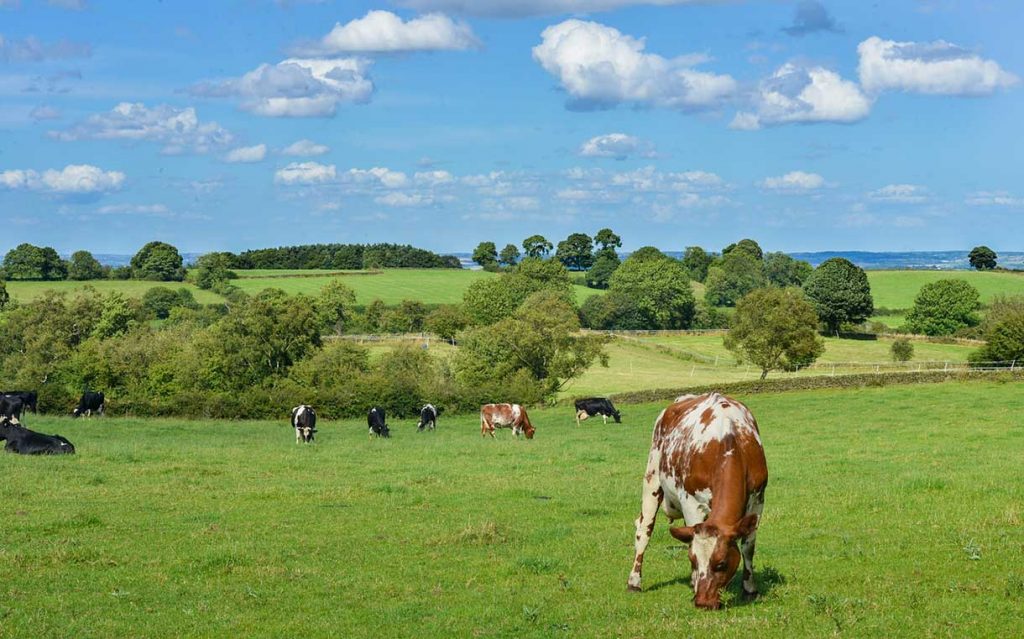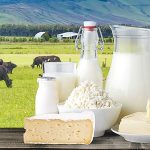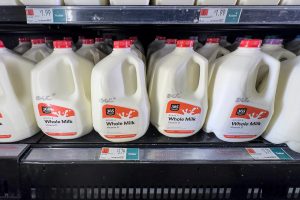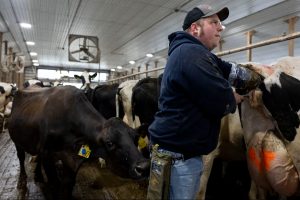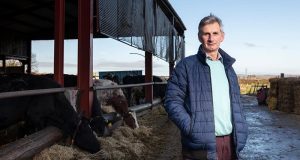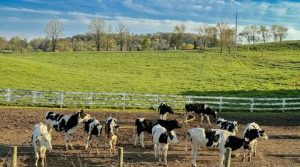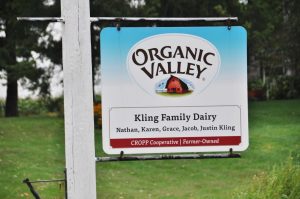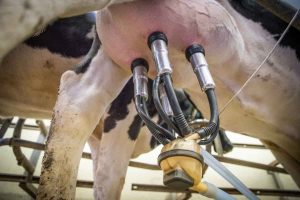
The rule proposes revisions to the USDA organic regulations that would change how conventional dairy animals are transitioned into organic production and how transitioned animals are managed in the organic system.
The organic industry has sought a final rule on the issue for nearly two decade.
The rule clarifies the intent of the organic regulations by specifying that a producer can transition dairy animals into organic production only once, said Gwendolyn Wyard, vice president of regulatory and technical affairs for the Organic Trade Association.
“The practice of continuously transitioning and/or cycling dairy animals in and out of organic production would be explicitly prohibited,” she said.
Due to the lack of specificity in the regulations, some certifiers allow dairies to routinely bring non-organic animals into an organic operation and transition them for one year, rather than raise their own replacement animals under organic management from the last third of gestation, she said.
Additionally, some farmers are allowed to remove organic dairy animals from a herd, raise them using conventional feed and other prohibited management practices and then re-transition them back to organic, she said.
“This practice of continuously transitioning and/or cycling dairy animals in and out of organic production was never the intent of the organic regulations,” she said.
In fact, in the preamble to the final organic regulations, USDA Agricultural Marketing Service explained that the intent of the regulation is that whole herd transition is a one-time event, she said.
Efforts to clarify the regulation started 27 years ago, and industry has been actively asking for clarification since at least 2010. The longstanding need for regulatory clarification is well documented in USDA record, she said.
The National Organic Standards Board began working to clarify origin of livestock standards in 1994 and developed six recommendations between then and 2006. The first recommendation under the National Organic Program regulations was in 2002.
In 2006, USDA Agricultural Marketing Service stated that the issue of inconsistent allowances for replacing organic dairy animals is a significant concern of the organic community, and that additional clarity is needed regarding the transition of dairy animals in to organic production, she said.
In July 2013, USDA’s Office of Inspector General audit report identified inconsistencies in the implementation of the origin of livestock requirements and noted that such inconsistencies lead to some producers having competitive advantage over others.
The Origin of Livestock proposed rule published in 2015 was based on the six NOSB recommendations by the National Organic Standards Board, she said.
As stated in that proposed rule, “AMS has determined that the current regulations regarding the transition of dairy animals and the management of breeder stock on organic operations need additional specificity and clarity to improve AMS’s ability to efficiently administer the NOP.”
The National Organic Program then re-opened the comment period in 2019, and now again for the third time, she said.
“NOP has still not implemented a final rule, and the clock is still ticking,” she said.
The comment period on the proposed rule closes on July 12.
The public can comment at:https://www.federalregister.gov/public-inspection/2021-09978/national-organic-program-origin-of-livestock.
